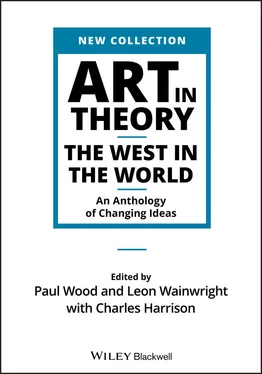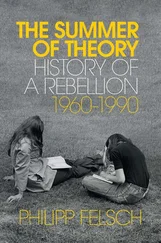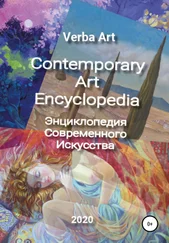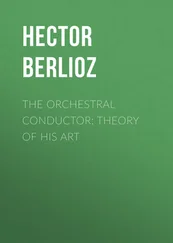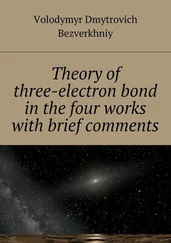The garden is suitable to the house, where arbours, fountains, and walks; are thrown together in an agreeable confusion. There is no ornament wanting, except that of statues. Thus, you see, sir, these people are not so unpolished as we represent them. ’Tis true their magnificence is of a different taste from ours, and perhaps of a better. I am almost of opinion they have a right notion of life; while they consume it in music, gardens, wine and delicate eating, while we are tormenting our brains with some scheme of politics, or studying some science to which we can never attain. […] We die or grow old and decrepid before we can reap the fruit of our labours. Considering what short‐lived weak animals men are, is there any study so beneficial as the study of present pleasure? I dare not pursue this theme; perhaps I have already said too much … But I allow you to laugh at me for the sensual declaration that I had rather be a rich effendi with all his ignorance, than Sir Isaac Newton with all his knowledge.
I am sir, &c.
IIA4 Charles‐Louis de Secondat, Baron de Montesquieu (1689–1755) from Persian Letters
Montesquieu’s De l’esprit des lois (The Spirit of Laws), first published anonymously in Geneva in 1748, is one of the foundational documents of the European Enlightenment. Previously, in 1721, Montesquieu had given a new twist to the genre of the epistolary novel so that he could air many of his key themes (such as a need for openness in philosophical and scientific enquiry and the impact of environment on human character) in fictional form, so as to avoid censure by forces of the absolutist state and the church. His Persian Letters used the device of seeing a culture through the eyes of strangers in order to cast a new light on its habits, preoccupations and blind spots. His protagonists, the Persian travellers Usbek and Rica are in Paris on a quest to broaden their horizons during the relatively liberal period of the Regency, which followed the death of Louis XIV in 1715. During the course of the novel, Usbek and Rica experience tension between their own inherited cultural values and the European Enlightenment values they encounter, but particularly early on, they can only describe the external forms of various matters which seem opaque to them. In Letter 34, Usbek writes to a friend in Venice about a series of strange disputes he has encountered among intellectuals. Montesquieu’s point here is to call attention to the ‘Quarrel of the Ancients and Moderns’, a long‐running dispute spanning the late seventeenth and early eighteenth centuries about the relative importance of classical antiquity and modernity. (For a selection of texts, see Art in Theory 1648–1815 , Section IA passim ) In the letter, Usbek is puzzled by the intensity of the academic conflict over what to an outsider looks like a trivial matter; however, he notes that despite the apparently inconsequential nature of the work involved, a living can be made from it. A more recent manifestation can be found in disputes about the boundaries of the modern and the contemporary. Our extract is from Letter 34 of Persian Letters , translated by Margaret Mauldon with an introduction and notes by Andrew Kahn, Oxford: Oxford University Press, 2008, pp. 46–7.
Coffee is widely drunk in Paris: there are a great many public establishments where it is served. In some of these establishments news is disseminated; in others, people play chess: there is one place where coffee is prepared in such a manner as to sharpen the wits of those who drink it; at any rate, of those who emerge from there, not a single one fails to be convinced that he is four times cleverer than he was upon entering.
But what shocks me about these wits is that they give no service to their country, but fritter away their talents on childish things; for instance, when I arrived in Paris I found them all worked up over the most trivial dispute one could imagine: it concerned the reputation of an ancient Greek poet, whose land of birth and year of death have remained a matter of conjecture for two thousand years. Both sides admitted that he was an excellent poet: it was simply a question of the degree of excellence to be attributed to him. Everyone believed his own estimate the best, but among these bestowers of reputation, some thought the poet better than did others; that was the quarrel. It was very heated, for the two parties exchanged, with great cordiality, such crude insults and acidulous witticisms that I found the style of the dispute no less amazing than its subject. If anyone, I thought to myself, were foolish enough to appear before one of these defenders of the Greek poet and attack the reputation of some worthy citizen, he would undoubtedly be challenged; and I believe that this touchy fervour over the reputation of the dead would be kindled into a real conflagration in defence of the living; be that as it may, I added, may God protect me from ever drawing upon myself the enmity of these critics of a poet whom two thousand years in the tomb have been unable to defend against such implacable hatred: at the moment they beat the air, but what would happen if their fury were fuelled by the presence of an enemy?
Those whom I have just described to you argue in the vernacular, and one should not confuse them with certain other disputants, who employ a barbaric tongue which seems somehow to add to the fury and obstinacy of the combatants; there are places where one finds a kind of dense, black confusion of such people; they feed on fine distinctions; they live on obscure reasoning and false inferences; that occupation, whose devotees ought to be starving, does nevertheless yield a livelihood.
IIA5 Joseph Addison (1672–1719) from ‘The Pleasures of the Imagination’
Joseph Addison was a prominent literary figure in early eighteenth‐century England. His poetry and drama have now faded from view, but his most lasting contribution was as an essayist in pioneering publications such as the Tatler and The Spectator . Read and discussed by a wide metropolitan audience in the new coffee houses, such publications played a key role in the establishment of the ‘public sphere’, that hallmark of civil society in emerging modernity. Addison’s long essay on ‘The Pleasures of the Imagination’ was published in 11 daily parts between Saturday 21 June and Thursday 3 July 1712. For Addison, as he wrote a few days earlier in an essay on ‘Taste’, the imagination occupies an interim position between the comparatively ‘gross’ pleasures of the senses and the more ‘refined’ pleasures of understanding; but because it develops from the stimulus of the senses, it can be more influential on human conduct than purely rational intellection. In Addison’s view, Nature is a more powerful stimulus to the imagination than Art, and the commingling of the two, stronger still. Gardens, that is to say, can play an important role in the work of the imagination. Although a supporter of the classical tradition, and a critic of the Gothic, it is interesting from the point of view of the present anthology that Addison recommends Chinese gardens over European ones – and especially over the then‐predominant fashion in England for geometric garden design. The present short extracts are taken from the fourth part of the essay, published on Wednesday 25 June 1712, reprinted in The Spectator, Volume the Sixth , London 1757 pp. 99 and 101–4.
If we consider the works of Nature and Art, as they are qualified to entertain the Imagination, we shall find the last very defective, in comparison of the former; for though they may sometimes appear as Beautiful or Strange, they can have nothing in them of that Vastness and immensity, which afford so great an entertainment to the mind of the beholder. The one may be as polite and delicate as the other, but can never shew herself so august and magnificent in the design. There is something more bold and masterly in the rough careless strokes of Nature, than in the nice touches and embellishments of Art. […]
Читать дальше
